Filter by

Journeys into the Rainforest: Archaeology of Culture Change and Continuity on…
This monograph presents the results of archaeological research that takes a longitudinal approach to interpreting and understanding Aboriginal–European contact. It focuses on a small but unique area of tropical rainforest in far north Queensland’s Wet Tropics Bioregion, located within the traditional lands of the Jirrbal Aboriginal people on the Evelyn Tableland. The research integrates a d…
- Edition
- -
- ISBN/ISSN
- 9781925022889
- Collation
- -
- Series Title
- -
- Call Number
- 301 FER j
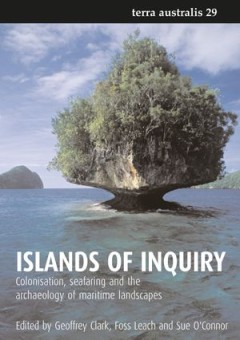
Islands of Inquiry: Colonisation, seafaring and the archaeology of maritime l…
This collection makes a substantial contribution to several highly topical areas of archaeological inquiry. Many of the papers present new and innovative research into the processes of maritime colonisation, processes that affect archaeological contexts from islands to continents. Others shift focus from process to the archaeology of maritime places from the Bering to the Torres Straits, provid…
- Edition
- -
- ISBN/ISSN
- 9781921313905
- Collation
- -
- Series Title
- -
- Call Number
- 301 ISL i
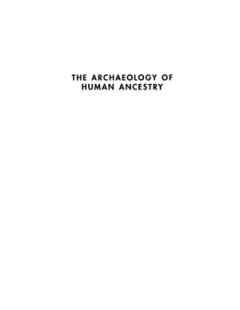
The Archaeology of Human Ancestry
Human social life is constrained and defined by our cognitive and emotional dispositions, which are the legacy of our foraging ancestors. But how difficult is it to reconstruct the social systems and cultural traditions of those ancestors? The Archaeology of Human Ancestry provides a stimulating and provocative answer, in which archaeologists and biological anthropologists set out and demonstra…
- Edition
- -
- ISBN/ISSN
- 9780203974131
- Collation
- -
- Series Title
- -
- Call Number
- 301 ARC a
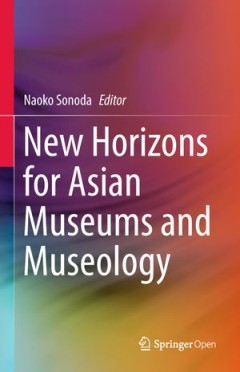
New Horizons for Asian Museums and Museology
Cultural Heritage; Achaeology
- Edition
- -
- ISBN/ISSN
- 9789811008856
- Collation
- -
- Series Title
- -
- Call Number
- 301 SON m

Healing Magic and Evil Demons. Canonical Udug-hul Incantations
This book brings together ancient manuscripts of the large compendium of Mesopotamian exorcistic incantations known as Udug.hul (Utukku Lemnutu), directed against evil demons, ghosts, gods, and other demonic malefactors within the Mesopotamian view of the world.It allows for a more accurate appraisal of variants arising from a text tradition spread over more than two millennia and from many anc…
- Edition
- -
- ISBN/ISSN
- 9781614513094
- Collation
- -
- Series Title
- -
- Call Number
- -
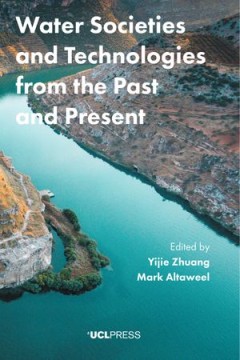
Water Societies and Technologies from the Past and Present
Today our societies face great challenges with water, in terms of both quantity and quality, but many of these challenges have already existed in the past. Focusing on Asia, Water Societies and Technologies from the Past and Present seeks to highlight the issues that emerge or re-emerge across different societies and periods, and asks what they can tell us about water sustainability. Incorporat…
- Edition
- -
- ISBN/ISSN
- 9781911576693
- Collation
- -
- Series Title
- -
- Call Number
- -

Things that travelled-Mediterranean Glass in the First Millennium CE
Recent research has demonstrated that, in the Roman, Late Antique, Early Islamic and Medieval worlds, glass was traded over long distances, from the Eastern Mediterranean, mainly Egypt and Israel, to Northern Africa, the Western Mediterranean and Northern Europe. Things that Travelled, a collaboration between the UCL Early Glass Technology Research Network, the Association for the History of Gl…
- Edition
- -
- ISBN/ISSN
- 9781787351172
- Collation
- -
- Series Title
- -
- Call Number
- -
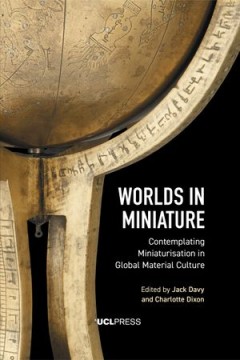
Worlds in Miniature
Miniaturisation is the creation of small objects that resemble larger ones, usually, but not always, for purposes different to those of the larger original object. Worlds in Miniature brings together researchers working across various regions, time periods and disciplines to explore the subject of miniaturisation as a material culture technique. It offers original contribution to the field of m…
- Edition
- -
- ISBN/ISSN
- 9781787356481
- Collation
- -
- Series Title
- -
- Call Number
- -

Water Societies and Technologies from the Past and Present
Today our societies face great challenges with water, in terms of both quantity and quality, but many of these challenges have already existed in the past. Focusing on Asia, Water Societies and Technologies from the Past and Present seeks to highlight the issues that emerge or re-emerge across different societies and periods, and asks what they can tell us about water sustainability. Incorporat…
- Edition
- -
- ISBN/ISSN
- -
- Collation
- -
- Series Title
- -
- Call Number
- -
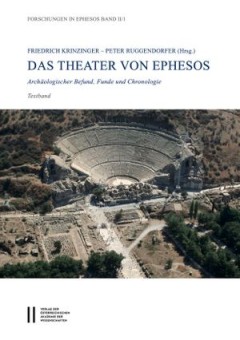
Das Theater von Ephesos. Archäologischer Befund, Funde und Chronologie, Text…
In this volume of the “Forschungen in Ephesos” the recent archaeological examinations at the Theater of Ephesus are published. Beside the results of the excavations the volume incorporates the analysis of the various find categories, such as pottery and glass, terracotta, sculptures, small finds, coins as well as archaeozoological and epigraphical finds. With this, the reader can comprehens…
- Edition
- -
- ISBN/ISSN
- 9783700175902
- Collation
- -
- Series Title
- -
- Call Number
- -
 Computer Science, Information & General Works
Computer Science, Information & General Works  Philosophy & Psychology
Philosophy & Psychology  Religion
Religion  Social Sciences
Social Sciences  Language
Language  Pure Science
Pure Science  Applied Sciences
Applied Sciences  Art & Recreation
Art & Recreation  Literature
Literature  History & Geography
History & Geography